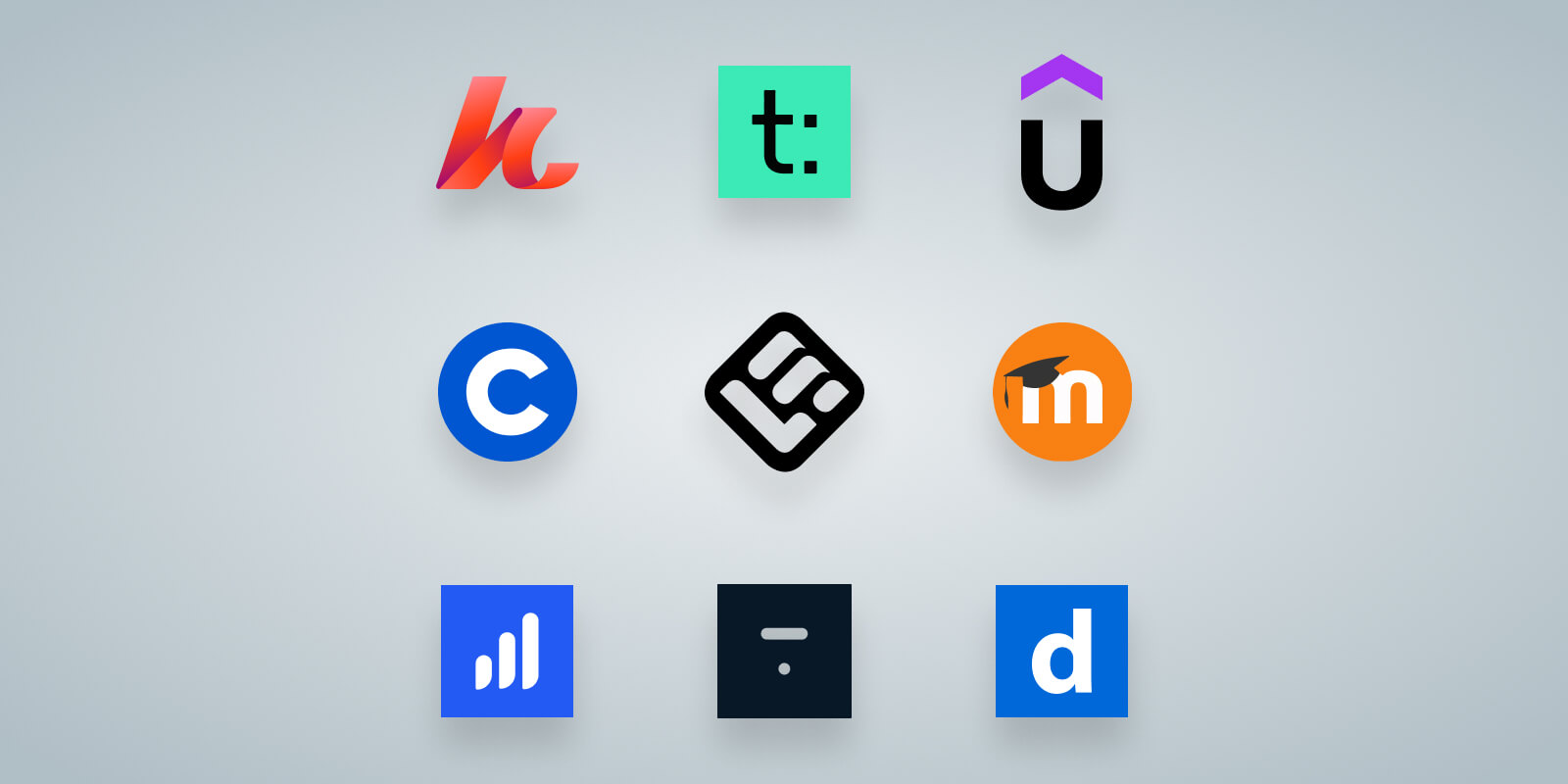Introduction to Cloud Computing
Cloud computing has revolutionized how businesses and individuals access and utilize information technology resources. Far from being just a trend, it has become the backbone of modern digital infrastructure, driving innovation, scalability, and operational efficiency on a global scale. This comprehensive guide explores the fundamentals of cloud computing, delving into the offerings of the three largest cloud service providers: Amazon Web Services (AWS), Microsoft Azure, and Google Cloud Platform (GCP). Understanding the nuances of each platform is crucial for making informed decisions about which cloud solution best aligns with the specific needs of a project or organization.
What is Cloud Computing?
At its core, cloud computing refers to the on-demand delivery of IT resources—including servers, storage, databases, networking, software, analytics, and intelligence—over the internet, with a pay-as-you-go pricing model. Instead of owning and maintaining their own physical computing infrastructure, businesses can access these services from a cloud provider like AWS, Azure, or Google Cloud.
Key Benefits of Cloud Computing
The adoption of cloud computing brings a myriad of benefits that go beyond simple cost reduction. Among the most prominent are:
- Agility and Speed: The ability to provision resources quickly allows development and operations teams to innovate and launch products and services faster.
- Elasticity: Resources can be automatically scaled up or down to meet demand peaks, ensuring applications are always available and perform well, without over-provisioning.
- Cost Savings: The pay-as-you-go model eliminates the need to purchase hardware and software, reducing capital expenditures and transforming them into operational expenses.
- Global Deployment in Minutes: Major cloud providers have extensive global infrastructures, allowing businesses to deploy applications in multiple geographic regions to improve latency and resilience.
- Enhanced Security: Cloud providers invest heavily in security, offering a wide range of tools and services to protect data, applications, and infrastructure against cyber threats.
- Focus on Core Business: By outsourcing IT infrastructure management, businesses can focus their resources and talent on developing their core products and services.
- Reliability and Resilience: Cloud infrastructure is designed to be highly available and fault-tolerant, with redundancy at multiple levels to ensure business continuity.
Types of Cloud Deployment Models
There are three main cloud deployment models, each with its specific characteristics and use cases:
- Public Cloud: Cloud services are offered by a third-party provider over the public internet. Examples include AWS, Azure, and Google Cloud. It is the most common model and offers high scalability and cost savings.
- Private Cloud: The cloud infrastructure is dedicated exclusively to a single organization. It can be hosted on-premises or by a third-party service provider. It offers greater control and security but at higher costs.
- Hybrid Cloud: A combination of public and private cloud, allowing data and applications to move between them. This model offers flexibility and allows organizations to leverage the benefits of both environments.
Cloud Service Models
In addition to deployment models, cloud computing is categorized into different service models, which define the level of management and control the user has over the infrastructure:
- Infrastructure as a Service (IaaS): The cloud provider manages the underlying infrastructure (servers, networks, virtualization), while the user is responsible for the operating system, applications, and data. Examples include Amazon EC2, Azure Virtual Machines, and Google Compute Engine.
- Platform as a Service (PaaS): The provider manages the infrastructure and the development platform (operating system, middleware, tools), allowing developers to focus only on the application code. Examples include AWS Elastic Beanstalk, Azure App Service, and Google App Engine.
- Software as a Service (SaaS): The provider manages the entire software and infrastructure stack, and the user accesses the software as a service over the internet. Common examples are Gmail, Salesforce, and Dropbox.
With this foundation, we can now delve into the specifics of the main players in the cloud computing market.
Amazon Web Services (AWS): The Cloud Pioneer
Amazon Web Services (AWS) is, without a doubt, the market leader in cloud computing, offering an unparalleled range of services and a robust global infrastructure. Launched in 2006, AWS pioneered the concept of public cloud, allowing businesses of all sizes to access scalable and flexible computing resources on demand. Its vast experience and continuous innovation have solidified it as the preferred choice for many organizations looking to migrate and operate their workloads in the cloud.
Key AWS Services
AWS offers over 200 full-featured services, ranging from computing, storage, and databases to artificial intelligence, machine learning, internet of things (IoT), and virtual/augmented reality. Some of the most fundamental and widely used services include:
- Amazon EC2 (Elastic Compute Cloud): Provides scalable computing capacity in the cloud.
- Amazon S3 (Simple Storage Service): A highly scalable, durable, and available object storage service.
- Amazon RDS (Relational Database Service): Facilitates the setup, operation, and scaling of relational databases in the cloud.
- AWS Lambda: A serverless computing service that allows you to run code without provisioning or managing servers.
- Amazon VPC (Virtual Private Cloud): Allows you to provision an isolated section of the AWS cloud.
- Amazon DynamoDB: A fully managed NoSQL database service that delivers fast and predictable performance.
Advantages of AWS
- Broad Range of Services: AWS offers the largest and most comprehensive collection of cloud services, allowing businesses to build virtually any type of application.
- Maturity and Innovation: As the pioneer, AWS has a decade of market experience, which translates into a mature, reliable, and constantly evolving platform.
- Community and Ecosystem: It has the largest community of users and partners, resulting in vast documentation, third-party tools, and support.
- Scalability and Flexibility: Allows massive scaling of resources, both up and down, with great flexibility to meet varying demands.
- Robust Security: AWS invests heavily in security, offering a secure infrastructure and a wide range of security services to protect data and applications.
Use Cases for AWS
AWS is used by millions of customers worldwide, from startups to large enterprises, for a multitude of use cases, including:
- Website and Web Application Hosting: From simple static websites to complex, high-scale web applications.
- Data Storage and Backup: Durable and scalable storage solutions for backup, archiving, and disaster recovery.
- Big Data Analytics: Processing and analyzing large volumes of data using services like Amazon EMR, Amazon Redshift, and Amazon Kinesis.
- Machine Learning and Artificial Intelligence: Pre-trained services and platforms for building, training, and deploying ML models.
- Internet of Things (IoT): Connecting and managing billions of IoT devices, collecting, processing, and analyzing data in real-time.
Companies like Netflix, Airbnb, and Coca-Cola use AWS to power their operations and innovate on a global scale.
Microsoft Azure: The Cloud for Enterprises
Microsoft Azure, launched in 2010, is Microsoft's cloud computing platform, offering a comprehensive range of services covering computing, networking, storage, databases, analytics, artificial intelligence, IoT, development, security, and more. Azure stands out for its strong integration with existing Microsoft products and technologies, making it a natural choice for companies already using the Microsoft ecosystem.
Key Azure Services
- Azure Virtual Machines (VMs): Allows you to create and manage Windows and Linux virtual machines in the cloud.
- Azure Storage: A highly scalable and durable storage service that offers different types of storage.
- Azure SQL Database: A fully managed relational database service based on Microsoft SQL Server.
- Azure App Service: A fully managed platform for building, deploying, and scaling web, mobile, and API applications.
- Azure Functions: A serverless computing service that allows you to run small pieces of code in response to events.
- Azure Cosmos DB: A globally distributed, multi-model NoSQL database service.
Advantages of Azure
- Integration with the Microsoft Ecosystem: For companies already using Microsoft products, Azure offers seamless integration and familiarity.
- Hybrid Cloud: Azure is a leader in hybrid cloud solutions, allowing companies to extend their on-premises data centers to the cloud efficiently.
- Compliance and Security: Microsoft invests heavily in compliance and security, offering a wide range of certifications and security features.
- Enterprise Support: Strong support and relationship with enterprise customers, with premium support and consulting options.
- Development Tools: Wide range of integrated development and DevOps tools, including Visual Studio, Azure DevOps, and GitHub.
Use Cases for Azure
Azure is widely used by companies of all sizes and industries for a variety of use cases, including:
- Application and Infrastructure Migration: Migrating existing servers, databases, and applications to the cloud.
- Cloud-Native Application Development: Building new applications using microservices, containers, and serverless functions.
- Data Analytics and Business Intelligence: Processing and analyzing large volumes of data to gain business insights.
- Internet of Things (IoT): Connecting and managing IoT devices, collecting and analyzing real-time data.
- Artificial Intelligence and Machine Learning: Building, training, and deploying AI and ML models.
Companies like Starbucks, Adobe, and Samsung use Azure for their cloud operations.
Google Cloud Platform (GCP): The Data and AI-Oriented Cloud
Google Cloud Platform (GCP), launched in 2008, is Google's suite of cloud computing services, running on the same global infrastructure that Google uses for its own products, such as Google Search, Gmail, and YouTube. GCP stands out for its strong emphasis on data analytics, machine learning, and artificial intelligence, as well as offering a high-performance network infrastructure and a competitive pricing model.
Key GCP Services
- Google Compute Engine (GCE): Provides customizable and scalable virtual machines to run workloads in the cloud.
- Google Cloud Storage (GCS): A unified and highly durable object storage service for storing data of any type and size.
- Google Kubernetes Engine (GKE): A managed service for deploying, managing, and scaling containerized applications using Kubernetes.
- BigQuery: A fully managed, serverless enterprise data warehouse designed for petabyte-scale data analytics.
- Cloud Spanner: A globally distributed relational database service with unlimited horizontal scalability.
- Vertex AI: A unified machine learning platform that covers the entire ML lifecycle.
Advantages of GCP
- Data Analytics and AI/ML: GCP is a leader in data analytics and machine learning services, with powerful tools like BigQuery, Dataflow, and Vertex AI.
- Network Infrastructure: It has a high-quality global network infrastructure, which translates into low latency and high speed for distributed applications.
- Native Kubernetes: As the creator of Kubernetes, GCP offers GKE, a managed container service that is highly optimized and easy to use.
- Competitive Pricing: Google offers a pricing model with sustained use discounts and per-minute billing, which can result in cost savings for certain workloads.
- Innovation: Google is at the forefront of innovation in areas like AI, quantum computing, and network infrastructure.
Use Cases for GCP
GCP is a popular choice for companies looking to:
- Big Data Analytics: Processing and analyzing large volumes of data to gain business insights and build data warehouses.
- Cloud-Native Application Development: Building scalable and resilient applications using containers, microservices, and serverless functions.
- Machine Learning and Artificial Intelligence: Building, training, and deploying ML models and utilizing pre-trained AI APIs.
- Gaming and Media: High-performance infrastructure for online gaming, video streaming, and other data-intensive workloads.
- Startups and Technology Companies: Many startups and technology companies choose GCP for its agility, innovation, and focus on cutting-edge technologies.
Companies like Spotify, Twitter, and PayPal use GCP for their infrastructure and data needs.
Example: Uploading Files to Google Cloud Storage
from google.cloud import storage
def upload_blob(bucket_name, source_file_name, destination_blob_name):
"""Uploads a file to the bucket."""
storage_client = storage.Client()
bucket = storage_client.bucket(bucket_name)
blob = bucket.blob(destination_blob_name)
blob.upload_from_filename(source_file_name)
print(f"File {source_file_name} uploaded to {destination_blob_name}.")
# Example usage
bucket_name = "your-bucket-name"
source_file = "path/to/your/file.txt"
destination_blob = "file-name-in-cloud.txt"
upload_blob(bucket_name, source_file, destination_blob)Conclusion
Cloud computing has fundamentally transformed the way businesses approach IT infrastructure and application development. Each of the three major cloud providers—AWS, Azure, and GCP—offers unique strengths and capabilities that cater to different organizational needs and preferences. AWS leads with its comprehensive service portfolio and market maturity, Azure excels in enterprise integration and hybrid cloud solutions, while GCP stands out in data analytics and AI capabilities.
The choice between these platforms ultimately depends on your specific requirements, existing technology stack, budget constraints, and long-term strategic goals. Many organizations adopt a multi-cloud strategy, leveraging the best features of each platform to optimize their cloud infrastructure and avoid vendor lock-in.
As cloud technology continues to evolve, staying informed about the latest developments and best practices in cloud computing will be crucial for maintaining competitive advantage and driving innovation in your organization.


